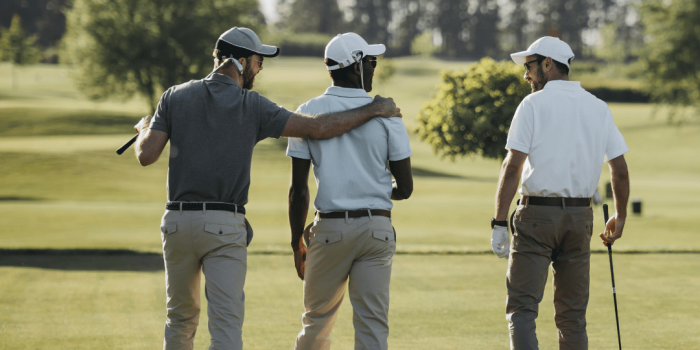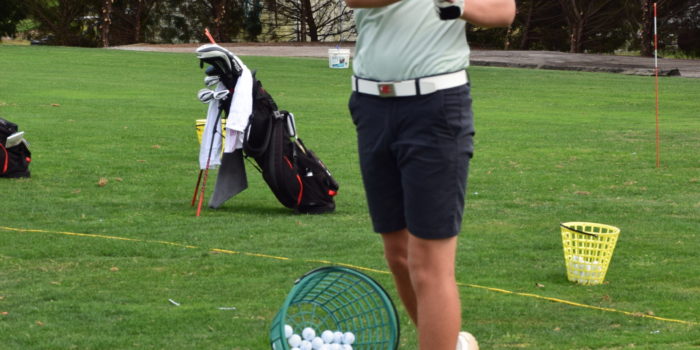The Low Down on Golf Clubs
Navigating the golf course with its various sections can be a headache for those starting their golf journey, especially when adding in which golf club to use when and how to use it. Having this golf club training tucked under your belt will not only improve your golfing skills but will give you a well-rounded perspective on the full picture of golfing. Due to the changing conditions of each golf course, a golf player will need to understand the different golf clubs and their uses. One of the most critical aspects of playing golf is picking the correct equipment. A golfer wouldn't select a putter when needing to drive their golf ball across the fairway. Types of Golf Clubs A golfer needs to become familiar with the various clubs golfers use. With the proper golf club training, you can start catching wind with your golf skills! This will ensure golf players know when to use a specific club and why. A typical golf bag comes with 14 clubs. However, depending on where an individual is on their golfing journey, they may start with fewer clubs as they get accustomed to golf stances and swings. The clubs included in a 14 club bag are: WoodsIronsHybridsWedgesPutters Let's dive a bit deeper into these types of clubs and their uses. Woods Even though modern-day clubs are made from titanium or steel, the original wood clubs were crafted from various types of wood. Woods come in two varieties, driver and fairway. These club types have the largest clubheads and are hollow with long shafts. Woods have long, hollow shafts that allow these clubs to be lightweight and easy for golfers to swing. Golf players will choose woods when driving the golf ball a distance or hitting it with great force. Irons Irons come in numbered from 3-iron to 9-iron. Additionally, irons come in short, long, or middle sizing. Golf players will use the different numbers based on the type of shot they need to accomplish. Irons are typically used for shots that are less than 200 yards. Irons tend to make the golf ball bounce as they are hard and don't have much loft. Moreover, unlike woods, irons have smaller and thinner clubheads and are usually solid instead of hollow. Hybrids Hybrids are relatively newer types of clubs and are a blend of woods and irons. They combine the best aspects of wood and…















